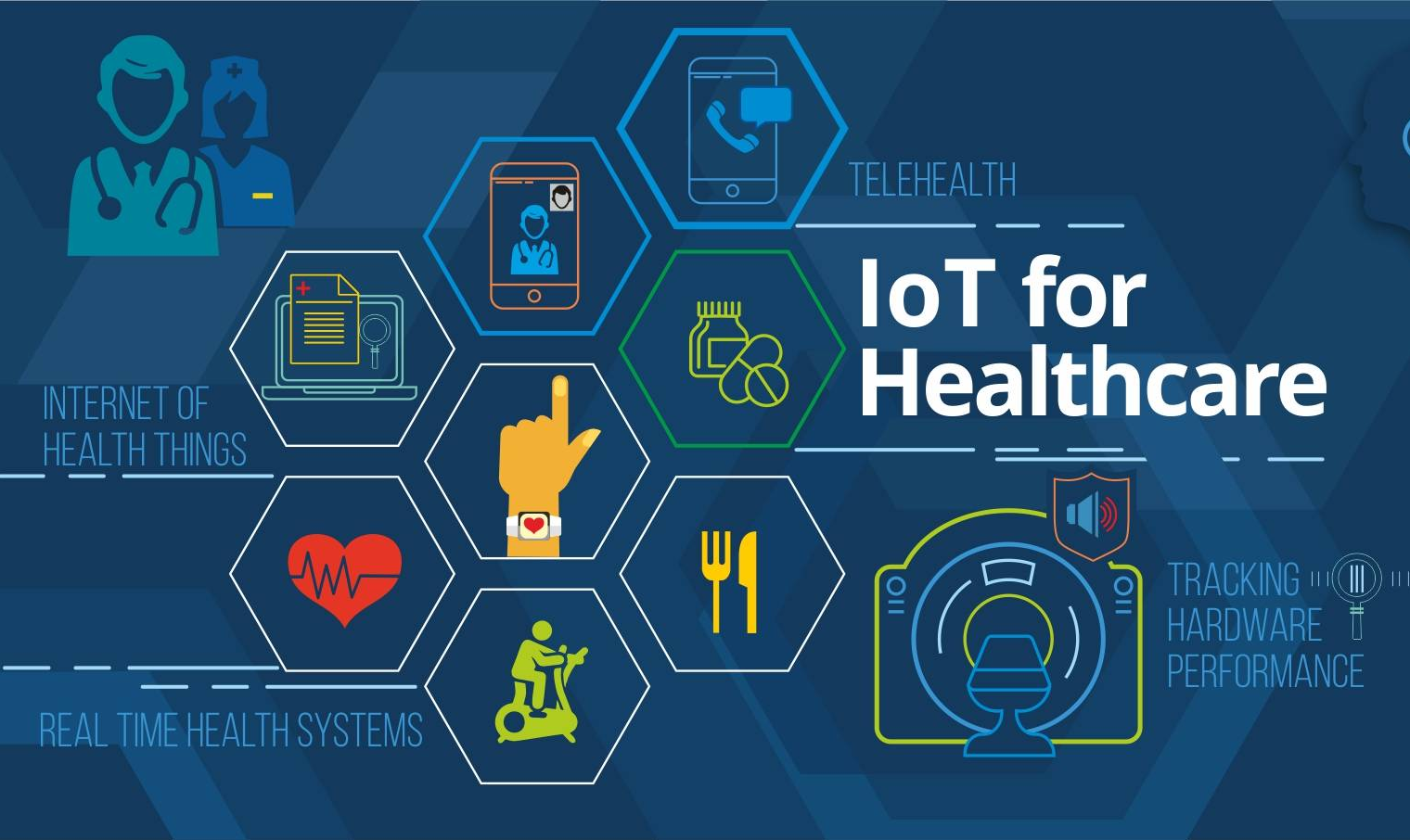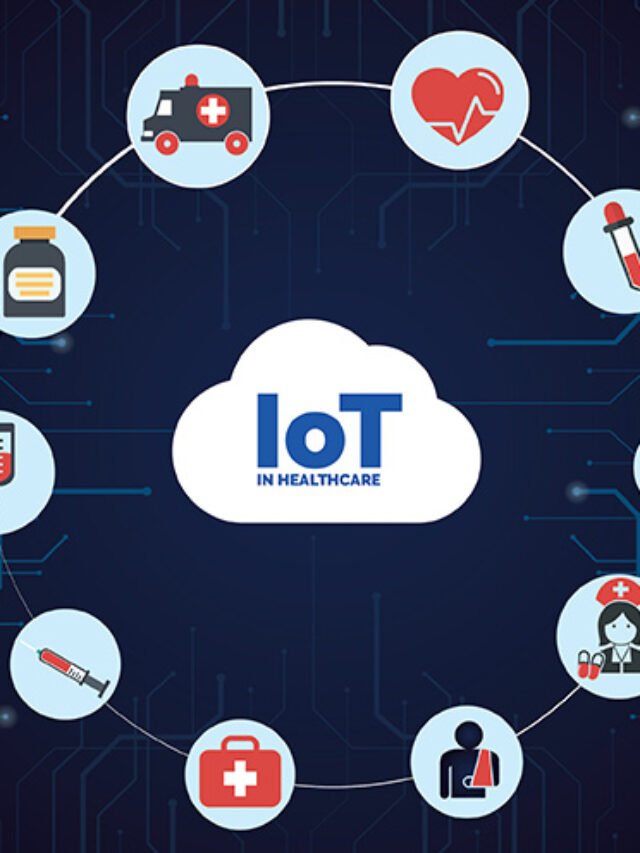Certainly! The integration of Internet of Things (IoT) in healthcare has revolutionized remote patient monitoring, offering numerous benefits for both patients and healthcare providers. Here are the main points highlighting how IoT enables remote patient monitoring:
For more information and updates, please don’t hesitate to reach us at https://usawireinfo.com
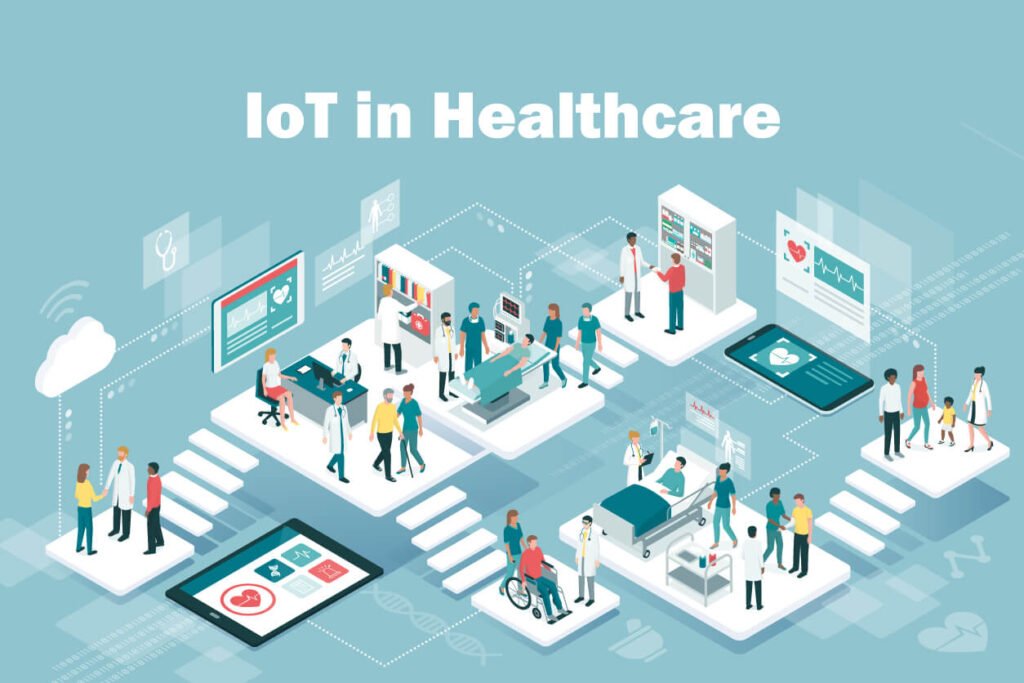
Table of Contents
Continuous Data Collection:
- IoT devices allow for real-time and continuous monitoring of various health parameters, such as heart rate, blood pressure, glucose levels, and more.
- This continuous data collection provides a more comprehensive and accurate picture of a patient’s health status compared to sporadic in-person check-ups.
IoT in Enhanced Patient Engagement:
- Patients can actively participate in their healthcare by using wearable devices and IoT-enabled gadgets that track their health metrics.
- This engagement fosters a sense of responsibility and awareness, leading to improved adherence to treatment plans and healthier lifestyle choices.
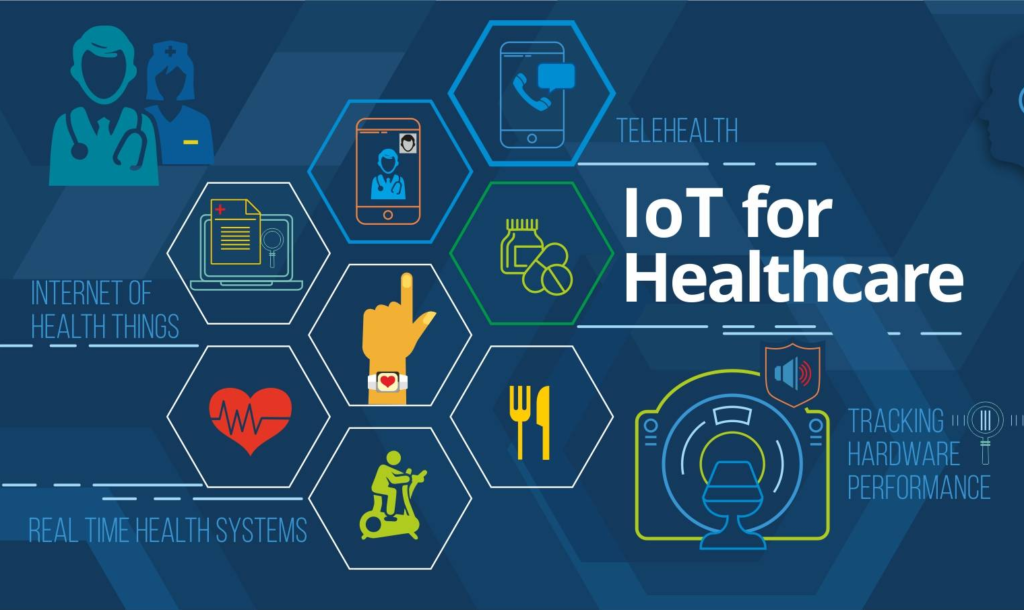
Timely Intervention and Alerts:
- IoT devices can detect abnormalities or fluctuations in vital signs in real-time.
- Healthcare providers receive immediate alerts, enabling them to intervene promptly in case of emergencies or significant changes in a patient’s health, reducing the risk of complications.
Personalized Treatment Plans:
- Continuous monitoring generates a wealth of personalized health data.
- Healthcare professionals can tailor treatment plans based on individual patient trends and responses, leading to more effective and personalized care strategies.
Reduced Healthcare Costs:
- Remote patient monitoring can help prevent hospital readmissions by identifying potential issues early, reducing the need for costly emergency interventions.
- It promotes proactive and preventive care, contributing to overall cost savings in the healthcare system.
IoT in Improved Patient Outcomes:
- With timely and personalized interventions, patients are likely to experience better health outcomes.
- Chronic conditions can be managed more effectively, and the overall quality of life for patients can be enhanced through continuous monitoring and early intervention.
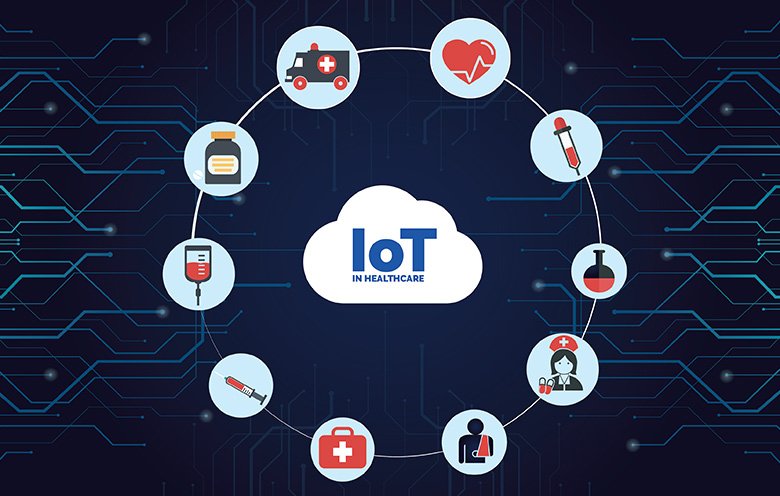
Efficient Healthcare Delivery:
- Remote monitoring reduces the burden on healthcare facilities and staff by allowing for efficient and targeted interventions.
- Routine check-ups can be minimized, freeing up resources for more critical cases and improving the overall efficiency of healthcare delivery.
Data Analytics for Population Health:
- Aggregated data from remote patient monitoring can be analyzed to identify broader health trends within populations.
- This data-driven approach enables public health initiatives and more effective resource allocation.
Integration with Electronic Health Records (EHR):
- IoT-generated health data can seamlessly integrate with electronic health records, providing a comprehensive and centralized view of a patient’s medical history for healthcare providers.
For more information and updates, please don’t hesitate to reach us at https://usawireinfo.com
In summary, IoT-enabled remote patient monitoring enhances the quality of healthcare by enabling continuous, personalized, and efficient health data collection, leading to improved patient outcomes and a more sustainable healthcare system.
For Examples of IoT in Healthcare Sector

